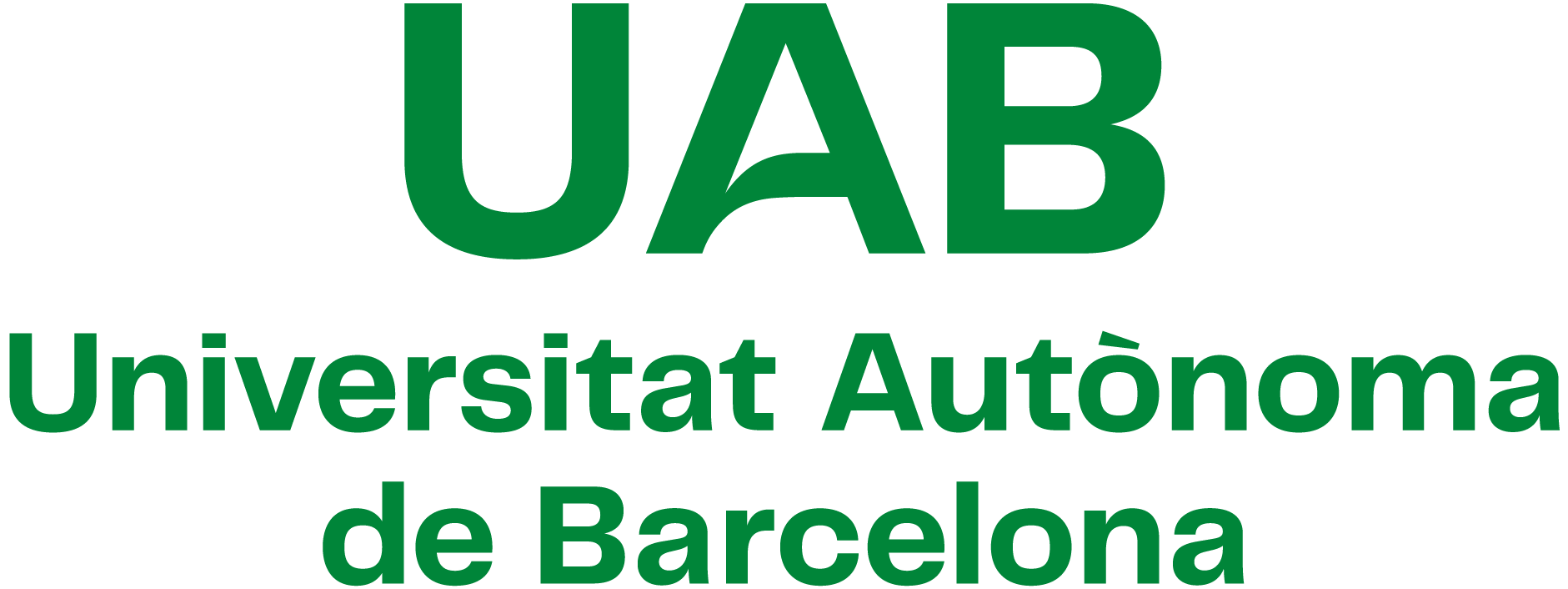Descripció del projecte
During the last decades, genetic companies have selected pigs to increase carcass leanness and thus fat content has been reduced. Indeed, lean genetic lines as Pietrain have such a low-fat content that most of the carcasses are not suitable for some processed products as the well-known Spanish cured ham. Hence, fatter sire lines are being introduced, but the requirements of those lines are not as known as for leaner lines. Moreover, to reach the desired fatness, pigs must be slaughtered at higher body weights than would be desired for an optimal weight and price of the leg as a piece. Therefore, the market is looking for solutions to reach fatter carcasses in lower body weights.
The aim of this project is analysing the inter- and intra-genetic factors that influence the variability in carcass composition. Also learning how to use nutrition as a tool to modulate the carcass composition in different genetic lines and slaughter weights. And finally modelling the effect of different factors that influence carcass composition to develop a tool for decision making in terms of production and nutritional strategies.
The project consists of 3 main blocks:
1. Big data analysis of inter- and intra-genetic factors that affect carcass composition
· Measure variability and identify sources
2. Determine lysine:energy requirements for different genetic lines
3. Develop a model to predict protein deposition using big data generated in the company. It will include several factors as:
· Genetic lines (sire and maternal)
· Sex
· Depending on slaughtering BW
· Season
· Farm health status
· Requirements by growth patterns intra-farm (fast vs. slow growing pigs)
The main hypothesis underlying the project are that:
-Carcass composition is affected by inter- and intra-genetic factors as genetic lines, sex, slaughter BW, season, farm health status and growth rate.
-Slaughter body weight can be reduced without reducing carcass fatness by nutritional means.
-Lys:energy requirements can be predicted by data collected during the growth period and at the slaughterhouse level.


